Aeroacoustics Analysis On Building Using FW-H Model CFD Simulation
Aeroacoustics Analysis On Building Using FW-H Model CFD Simulation
- Upon ordering this product, you will be provided with a geometry file, a mesh file, and an in-depth Training Video that offers a step-by-step training on the simulation process.
- For any more inquiries regarding the product, please do not hesitate to reach out to us at info@CFDLAND.com or through our online support assistant.
€180 Original price was: €180.€135Current price is: €135.
Aeroacoustics analysis explores how air movements create noise around tall buildings, helping engineers design quieter cities! The special Fowler-Williams-Hawkings model (or FW-H model) gives us amazing tools to predict exactly how loud the wind noise will be when it rushes around high-rise buildings. First of all, when strong winds blow through city streets, they create swirling air patterns called vortices that make those annoying whistling and humming sounds we hear during stormy days. Additionally, these aerodynamic forces push and pull-on building surfaces, creating sound waves that can travel far and disturb people living or working nearby. Moreover, using advanced CFD simulation with the FW-H model lets engineers calculate the exact sound pressure levels at different locations around buildings without having to build expensive physical models. Most importantly, good acoustic analysis early in the design process can reduce urban noise pollution by up to 10 decibels, making cities much more pleasant places to live! The computational aeroacoustics field continues to grow as more engineers recognize that wind-induced noise isn’t just annoying – it can impact property values, resident health, and even building safety when strong aerodynamic forces cause structures to vibrate at certain frequencies. Building on the reference paper “Numerical Simulation Study of Aerodynamic Noise in High-Rise Buildings [1]” this study looks at how aerodynamic forces and noise spread in cities and how they interact with each other. The FW-H model is an important part of aeroacoustics because it predicts the sound that will be made by swirling fluid motion and aerodynamic forces. We want to give you a full picture of how architectural design can affect and reduce aerodynamic noise by combining advanced numerical studies with the FW-H model. Not only does this study add to the field of urban acoustics, but it also helps builders and engineers make cities that are more sustainable and pleasant to live in.
- Reference [1]: Li, Zhengnong, and Jianan Li. “Numerical simulation study of aerodynamic noise in high-rise buildings.” Applied Sciences19 (2022): 9446.
Simulation Process
Three high-rise buildings are erected in the middle of a 3d rectangular domain. The geometry design is divided into blocks to generate a structured grid, using ANSYS ICEM software. A user-defined function (UDF) is written for the inlet boundary in which the wind velocity gradient is given in a way that boundary layer near the ground remains realistic. As the title suggests, FW-h acoustic model is adopted, supported by 4 receivers that can record sound.
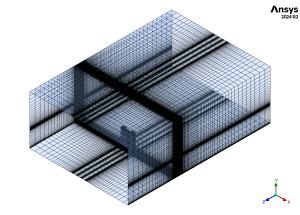
Figure 1: Structured grid over buildings for aeroacoustics analysis – ANSYS ICEM
Post-processing
With a top speed of 31.12 m/s, the velocity contour shows an extensive flow field around the building. Because there are three separate building parts, there are several wake regions with low-speed zones (blue areas) and vortex shedding. These flow patterns are very important for making aerodynamic noise because when high-speed streams and slow-moving wake regions meet, they cause big changes in pressure and turbulence.
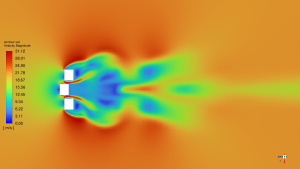
Figure 2: Velocity on 2D plane around the high-rise buildings for aeroacoustics analysis
The spectral study of pressure at receiver-1 tells us a lot about how the noise is made. According to the octave band analysis, the low frequency is the most important one. The sound pressure levels are greatest below 5 Hz, at about 44 dB. The main modes of vortex shedding are matched by this low-frequency dominance, which is common in wind-induced noise in big structures. As the frequency goes up, the sound pressure level drops quickly, hitting about 25 dB at higher frequencies (above 40 Hz). This spectral distribution fits with the fact that aerodynamic noise is broadband, meaning that its energy is spread out over a lot of different frequencies but is mostly in the lower bands. The in-depth frequency study backs up these results even more, showing that the loudest sounds (below 1 Hz) have a peak sound pressure level of almost 100 dB. It is clear that the sound pressure level drops quickly as the frequency goes up. In the 20–50 Hz range, levels drop to around 40–50 dB. This changing behavior with frequency fits with what you’d expect from flow-induced noise, where bigger, slower-moving swirls make the low-frequency parts stronger, and smaller-scale turbulence makes the high-frequency parts.
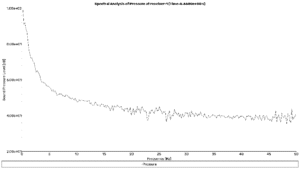
Figure 3: Sound pressure level & amplitude captured by receiver 1
We pride ourselves on presenting unique products at CFDLAND. We stand out for our scientific rigor and validity. Our products are not based on guesswork or theoretical assumptions like many others. Instead, most of our products are validated using experimental or numerical data from valued scientific journals. Even if direct validation isn’t possible, we build our models and assumptions on the latest research, typically using reference articles to approximate reality.
Yes, we’ll be here . If you have trouble loading files, having technical problems, or have any questions about how to use our products, our technical support team is here to help.
You can load geometry and mesh files, as well as case and data files, using any version of ANSYS Fluent.
€195 Original price was: €195.€165Current price is: €165.

€170 Original price was: €170.€115Current price is: €115.

€155 Original price was: €155.€95Current price is: €95.

€150 Original price was: €150.€115Current price is: €115.

€160 Original price was: €160.€135Current price is: €135.







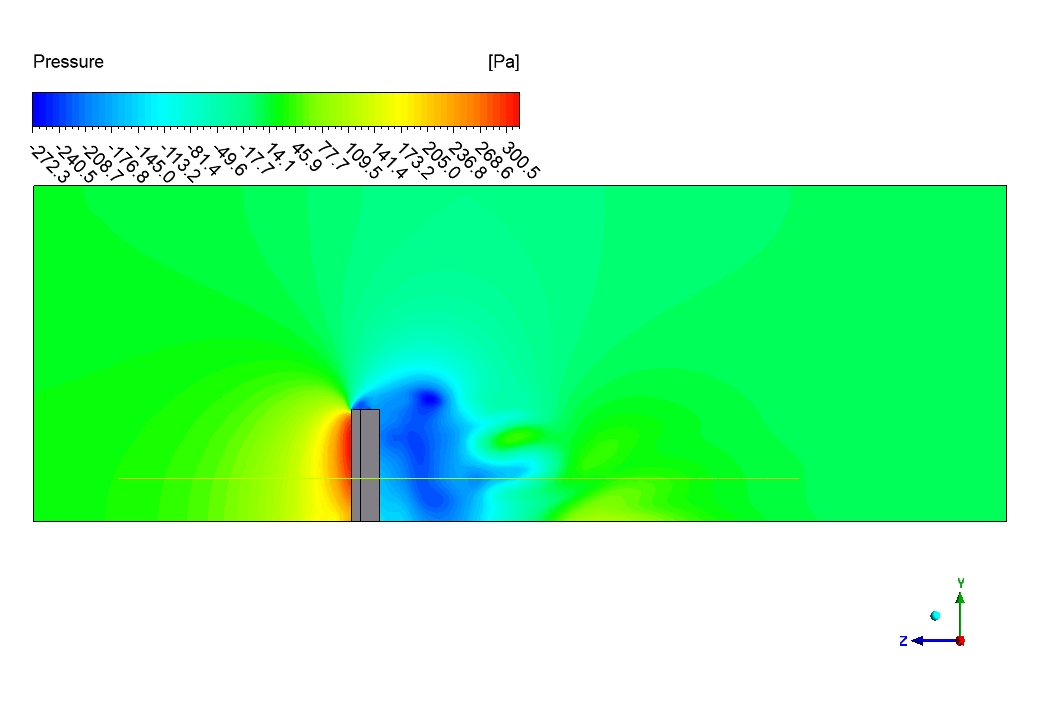















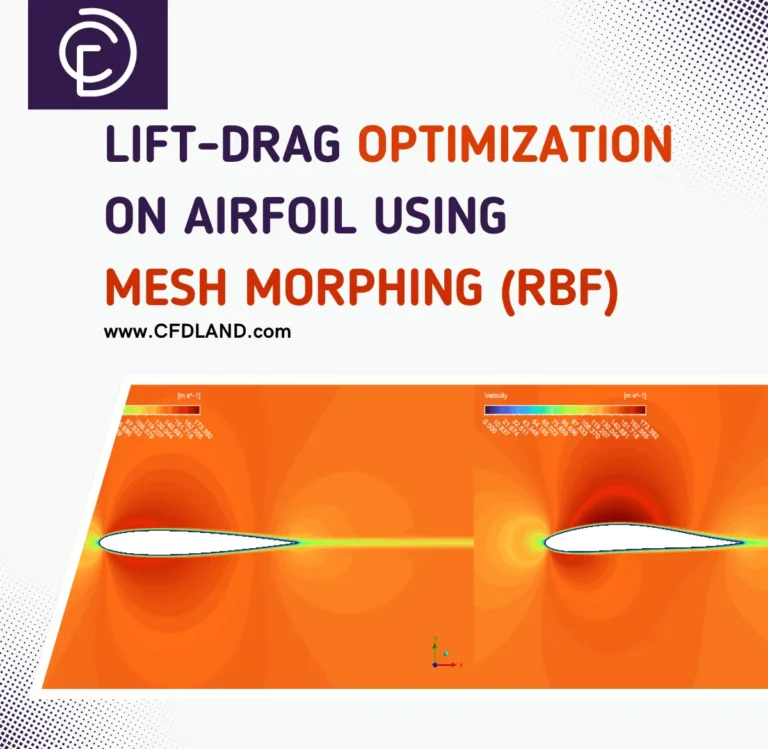

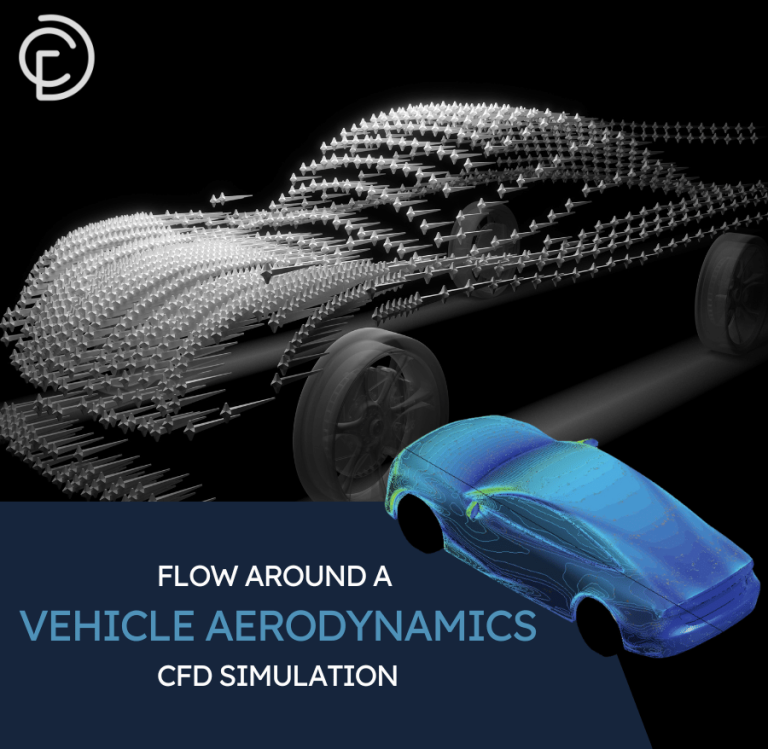

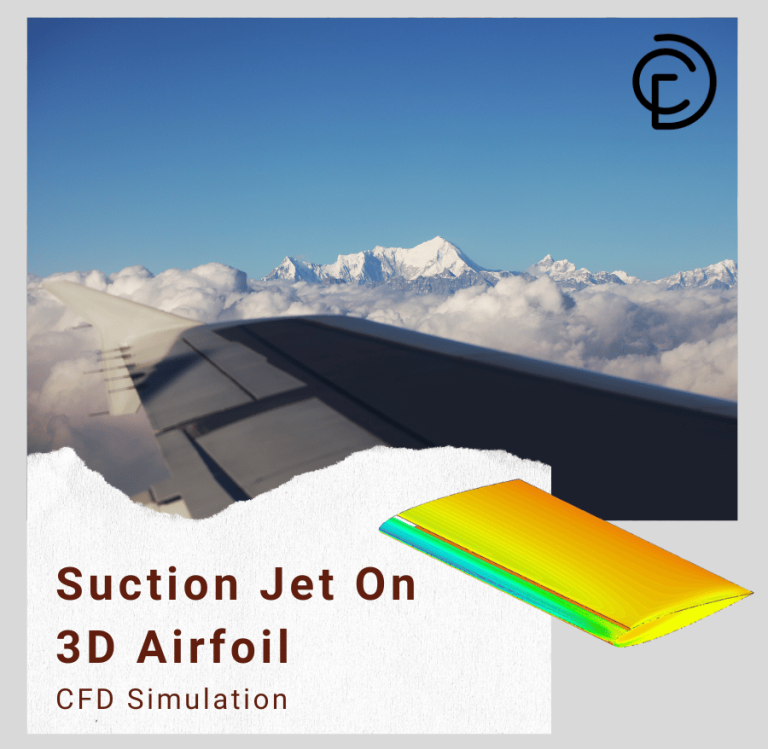

Reviews
There are no reviews yet.